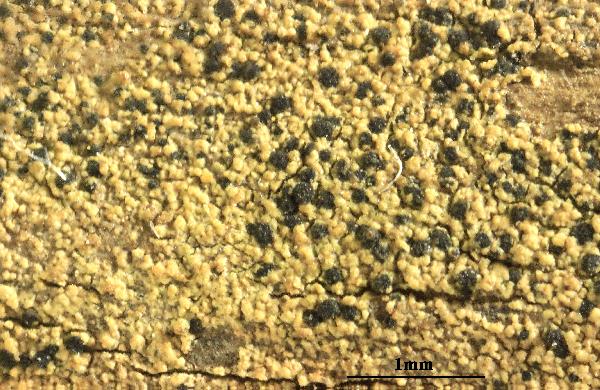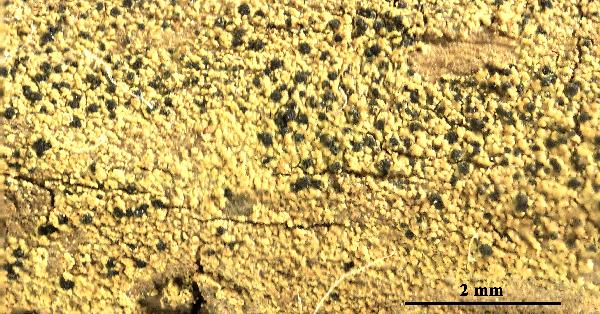Psilolechia clavulifera (Nyl.) Coppins
Bull. Brit. Mus. Nat. Hist., Bot. ser., 11: 201, 1983. Basionym: Lecidea clavulifera Nyl. - Flora, 52: 294, 1869.
Synonyms: Micarea clavulifera (Nyl.) Coppins & P. James
Distribution: C - Tosc (Benesperi & al. 2006, 2007). S - Cal (Puntillo 2011).
Description: Thallus leprose-granular, episubstratic, ecorticate, continuous to cracked, effuse, grey to green, < 0.3 mm thick, entirely consisting of elongate or irregularly shaped, often confluent granules measuring 14-33 x 7-14 µm. Apothecia rare, biatorine, convex to subglobose, immersed in the thallus, sometimes tuberculate, 0.1-0.3(-0.4) mm across, with a dark brown to blue-black disc (pale grey-brown or pale bluish grey in shade-forms), without a distinct margin, but often surrounded by a basal white rim of excipular hyphae. Proper exciple poorly developed, often with protruding hyphae; epithecium pale green to blue-green, olivaceous or greenish black, K+ greenish, N+ purple-red; hymenium greenish, I+ blue; paraphyses simple or forked, the apical cells hardly swollen; hypothecium colourless or pale green, all greenish parts N+ purple-red. Asci cylindrical-clavate, the apical dome K/I+ pale blue, with a dark blue apical tube diverging towards the apex, the wall with a K/I+ dark blue outer layer. Ascospores 1-celled, hyaline, oblong-ovoid to tear-shaped, 4-7 x 1.2-2 µm. Conidiomata frequent, hyphomycetous, superficial, the thallus surface often with scattered, elongated conidiogenous cells. Conidia oblong, 7-15 x 2-2.3 µm. Photobiont chlorococcoid, the cells longer than wide, Stichococcus-like. Spot tests: thallus K-, P-, KC-, C-, P-, UV- or UV+ ice-blue. Chemistry: thallus apparently without lichen substances, or with one to two UV+ unknowns and terpenoids other than zeorin.Note: on acid siliceous stones and consolidated soil, on banks or on the roots of fallen trees, on dry surfaces protected from rain, mostly in the deciduous forest belts; perhaps overlooked and more widespread, but certainly rare in Italy.
Growth form: Crustose
Substrata: rocks, bark, soil, terricolous mosses, and plant debris
Photobiont: green algae other than Trentepohlia
Reproductive strategy: mainly sexual
In underhangs rarely wetted by rain
Commonnes-rarity: (info)
Alpine belt: absent
Subalpine belt: absent
Oromediterranean belt: absent
Montane belt: extremely rare
Submediterranean belt: absent
Padanian area: absent
Humid submediterranean belt: extremely rare
Humid mediterranean belt: absent
Dry mediterranean belt: absent
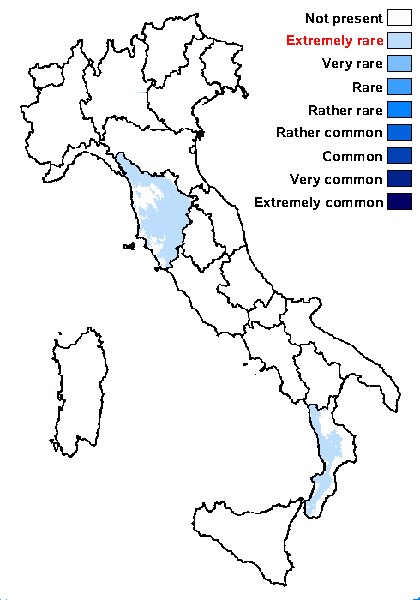
Predictive model
Herbarium samples
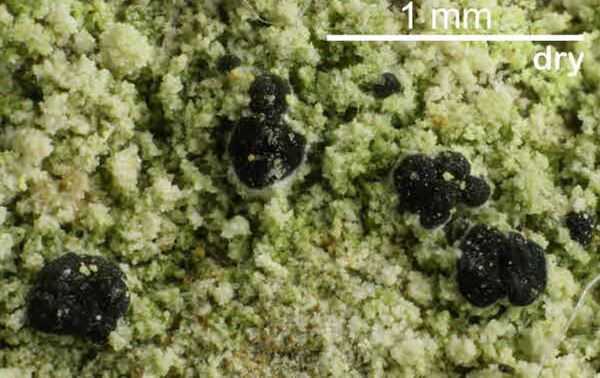

Felix Schumm – CC BY-SA 4.0
[16500], Germany, Nordrhein-Westfalen, Bergisches Land, Solingen, Tal der Wupper, auf beim Wegebau angeschnittenen Silikatfelsen unter regengeschützten Überhängen in Bodennähe, ca. 150 m. Leg. D.G. Zimmermann 14.II.2010.
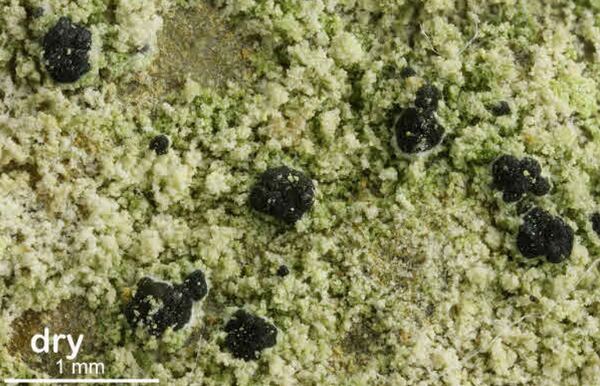

Felix Schumm – CC BY-SA 4.0
[16500], Germany, Nordrhein-Westfalen, Bergisches Land, Solingen, Tal der Wupper, auf beim Wegebau angeschnittenen Silikatfelsen unter regengeschützten Überhängen in Bodennähe, ca. 150 m. Leg. D.G. Zimmermann 14.II.2010.


Felix Schumm – CC BY-SA 4.0
[16500], Germany, Nordrhein-Westfalen, Bergisches Land, Solingen, Tal der Wupper, auf beim Wegebau angeschnittenen Silikatfelsen unter regengeschützten Überhängen in Bodennähe, ca. 150 m. Leg. D.G. Zimmermann 14.II.2010.
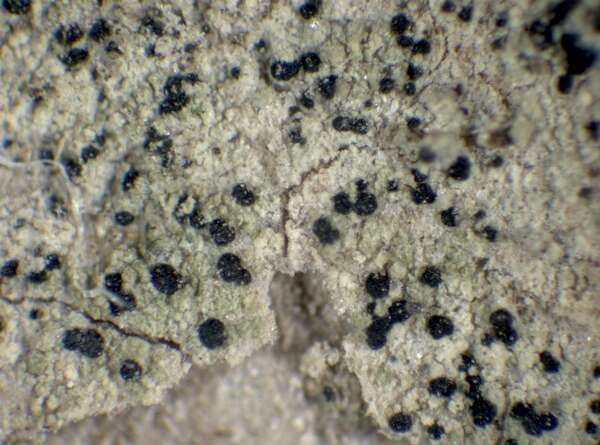

P.L. Nimis; Owner: Department of Life Sciences, University of Trieste
Herbarium: TSB (29588)
2001/12/18
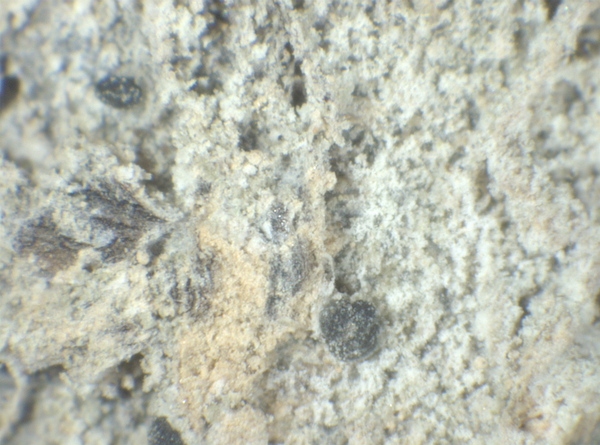

P.L.Nimis; Owner: Department of Life Sciences, University of Trieste
Herbarium: TSB (36825)
2008.02.25


Felix Schumm – CC BY-SA 4.0
[16500], Germany, Nordrhein-Westfalen, Bergisches Land, Solingen, Tal der Wupper, auf beim Wegebau angeschnittenen Silikatfelsen unter regengeschützten Überhängen in Bodennähe, ca. 150 m. Leg. D.G. Zimmermann 14.II.2010.


Felix Schumm – CC BY-SA 4.0
[16500], Germany, Nordrhein-Westfalen, Bergisches Land, Solingen, Tal der Wupper, auf beim Wegebau angeschnittenen Silikatfelsen unter regengeschützten Überhängen in Bodennähe, ca. 150 m. Leg. D.G. Zimmermann 14.II.2010.
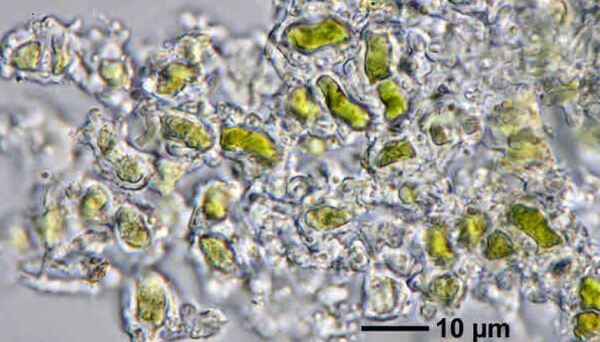

Felix Schumm – CC BY-SA 4.0
[16500], Germany, Nordrhein-Westfalen, Bergisches Land, Solingen, Tal der Wupper, auf beim Wegebau angeschnittenen Silikatfelsen unter regengeschützten Überhängen in Bodennähe, ca. 150 m. Leg. D.G. Zimmermann 14.II.2010.
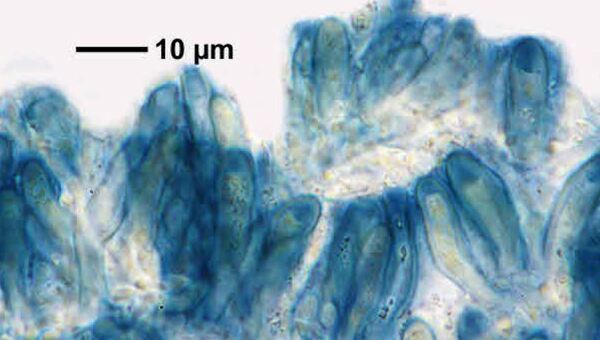

Felix Schumm – CC BY-SA 4.0
[16500], Germany, Nordrhein-Westfalen, Bergisches Land, Solingen, Tal der Wupper, auf beim Wegebau angeschnittenen Silikatfelsen unter regengeschützten Überhängen in Bodennähe, ca. 150 m. Leg. D.G. Zimmermann 14.II.2010.


Felix Schumm – CC BY-SA 4.0
[16500], Germany, Nordrhein-Westfalen, Bergisches Land, Solingen, Tal der Wupper, auf beim Wegebau angeschnittenen Silikatfelsen unter regengeschützten Überhängen in Bodennähe, ca. 150 m. Leg. D.G. Zimmermann 14.II.2010.
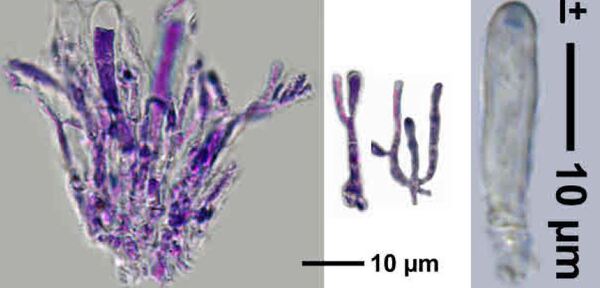

Felix Schumm – CC BY-SA 4.0
[16500], Germany, Nordrhein-Westfalen, Bergisches Land, Solingen, Tal der Wupper, auf beim Wegebau angeschnittenen Silikatfelsen unter regengeschützten Überhängen in Bodennähe, ca. 150 m. Leg. D.G. Zimmermann 14.II.2010.
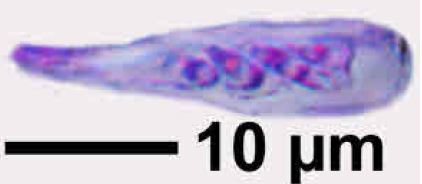

Felix Schumm – CC BY-SA 4.0
[16500], Germany, Nordrhein-Westfalen, Bergisches Land, Solingen, Tal der Wupper, auf beim Wegebau angeschnittenen Silikatfelsen unter regengeschützten Überhängen in Bodennähe, ca. 150 m. Leg. D.G. Zimmermann 14.II.2010.
Growth form: Crustose
Substrata: rocks, bark, soil, terricolous mosses, and plant debris
Photobiont: green algae other than Trentepohlia
Reproductive strategy: mainly sexual
In underhangs rarely wetted by rain
Commonnes-rarity: (info)
Alpine belt: absent
Subalpine belt: absent
Oromediterranean belt: absent
Montane belt: extremely rare
Submediterranean belt: absent
Padanian area: absent
Humid submediterranean belt: extremely rare
Humid mediterranean belt: absent
Dry mediterranean belt: absent

Predictive model
| Herbarium samples |


Felix Schumm – CC BY-SA 4.0
[16500], Germany, Nordrhein-Westfalen, Bergisches Land, Solingen, Tal der Wupper, auf beim Wegebau angeschnittenen Silikatfelsen unter regengeschützten Überhängen in Bodennähe, ca. 150 m. Leg. D.G. Zimmermann 14.II.2010.


Felix Schumm – CC BY-SA 4.0
[16500], Germany, Nordrhein-Westfalen, Bergisches Land, Solingen, Tal der Wupper, auf beim Wegebau angeschnittenen Silikatfelsen unter regengeschützten Überhängen in Bodennähe, ca. 150 m. Leg. D.G. Zimmermann 14.II.2010.


Felix Schumm – CC BY-SA 4.0
[16500], Germany, Nordrhein-Westfalen, Bergisches Land, Solingen, Tal der Wupper, auf beim Wegebau angeschnittenen Silikatfelsen unter regengeschützten Überhängen in Bodennähe, ca. 150 m. Leg. D.G. Zimmermann 14.II.2010.


P.L. Nimis; Owner: Department of Life Sciences, University of Trieste
Herbarium: TSB (29588)
2001/12/18


P.L.Nimis; Owner: Department of Life Sciences, University of Trieste
Herbarium: TSB (36825)
2008.02.25


Felix Schumm – CC BY-SA 4.0
[16500], Germany, Nordrhein-Westfalen, Bergisches Land, Solingen, Tal der Wupper, auf beim Wegebau angeschnittenen Silikatfelsen unter regengeschützten Überhängen in Bodennähe, ca. 150 m. Leg. D.G. Zimmermann 14.II.2010.


Felix Schumm – CC BY-SA 4.0
[16500], Germany, Nordrhein-Westfalen, Bergisches Land, Solingen, Tal der Wupper, auf beim Wegebau angeschnittenen Silikatfelsen unter regengeschützten Überhängen in Bodennähe, ca. 150 m. Leg. D.G. Zimmermann 14.II.2010.


Felix Schumm – CC BY-SA 4.0
[16500], Germany, Nordrhein-Westfalen, Bergisches Land, Solingen, Tal der Wupper, auf beim Wegebau angeschnittenen Silikatfelsen unter regengeschützten Überhängen in Bodennähe, ca. 150 m. Leg. D.G. Zimmermann 14.II.2010.


Felix Schumm – CC BY-SA 4.0
[16500], Germany, Nordrhein-Westfalen, Bergisches Land, Solingen, Tal der Wupper, auf beim Wegebau angeschnittenen Silikatfelsen unter regengeschützten Überhängen in Bodennähe, ca. 150 m. Leg. D.G. Zimmermann 14.II.2010.


Felix Schumm – CC BY-SA 4.0
[16500], Germany, Nordrhein-Westfalen, Bergisches Land, Solingen, Tal der Wupper, auf beim Wegebau angeschnittenen Silikatfelsen unter regengeschützten Überhängen in Bodennähe, ca. 150 m. Leg. D.G. Zimmermann 14.II.2010.


Felix Schumm – CC BY-SA 4.0
[16500], Germany, Nordrhein-Westfalen, Bergisches Land, Solingen, Tal der Wupper, auf beim Wegebau angeschnittenen Silikatfelsen unter regengeschützten Überhängen in Bodennähe, ca. 150 m. Leg. D.G. Zimmermann 14.II.2010.


 INDEX FUNGORUM
INDEX FUNGORUM
 GBIF
GBIF
